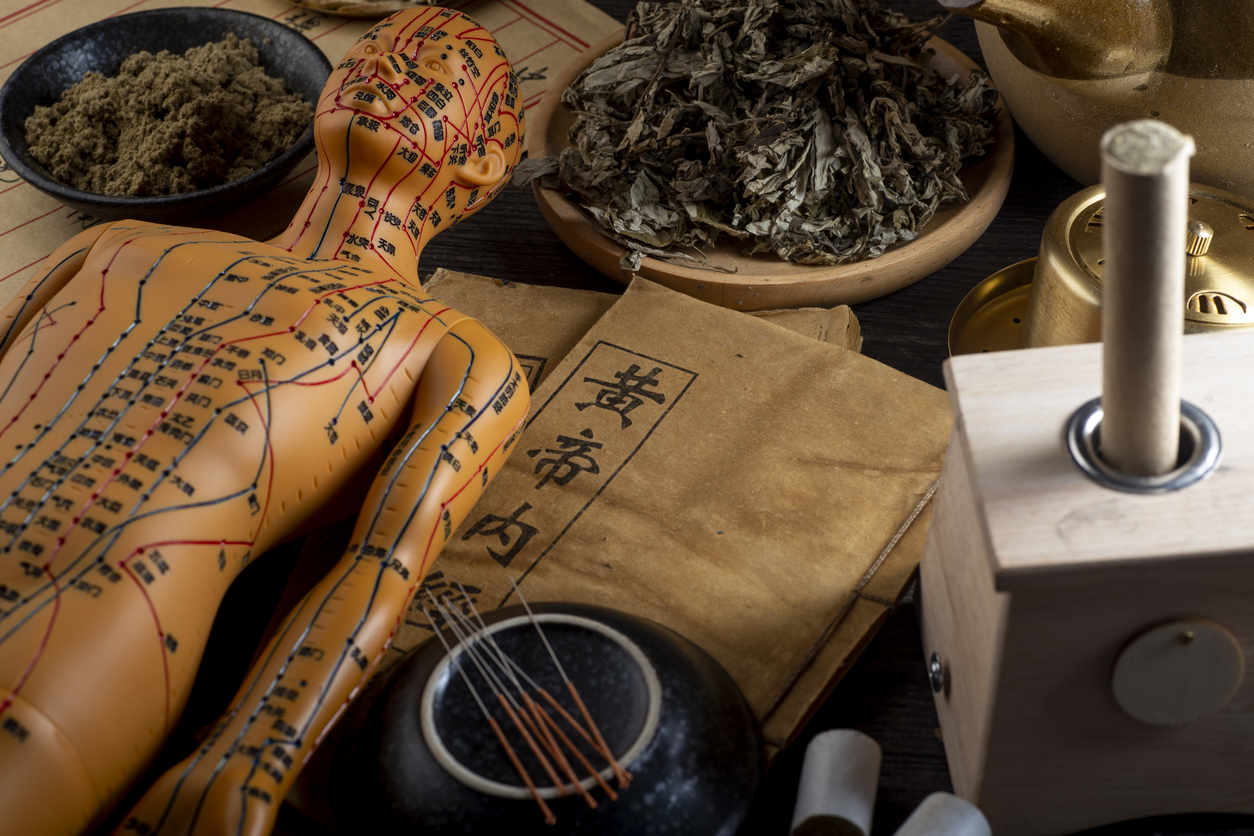2025-05-22
UC under pressure, relief in sight?
Gastroenterology and Hepatology
Ulcerative colitis (UC) is a chronic inflammatory disease of the colon, characterized by continuous inflammation of the colonic mucosa, leading to rectal bleeding, chronic diarrhea, abdominal pain, and fecal urgency. The disease typically follows a relapsing-remitting course, significantly impairing patients’ quality of life and daily functioning. Despite the development of new therapeutic classes, sustained clinical response rates remain unsatisfactory—ranging from just 30% to 60% depending on the study. Common adverse effects, progressive loss of response, and the high cost of therapy further complicate long-term management, often rendering it suboptimal.
In this context, there is growing interest in complementary therapeutic strategies that are better tolerated, less invasive, and capable of relieving persistent functional symptoms even outside of active flares. Among them, acupuncture, especially in its codified two-step version (TSA), is commonly used in Traditional Chinese Medicine to manage various digestive disorders. Its mechanisms of action are thought to include modulation of the enteric nervous system, local immune regulation, and improvement of intestinal motility. While several preliminary studies have shown potential clinical benefits, limitations persist—such as the absence of placebo controls, assessment bias, small sample sizes, and poorly defined subjective endpoints.
This study was launched to evaluate the symptomatic efficacy and safety of TSA acupuncture in adults with mild to moderate UC.
Read next: IBD: a double burden
Acupuncture or illusion of efficacy?
In this trial, 64 adults with mild to moderate ulcerative colitis were enrolled and randomized into two parallel groups: one receiving verum acupuncture and the other receiving sham acupuncture. Each participant underwent 20 sessions over 8 weeks, following a rigorously standardized protocol.
Verum acupuncture sessions consisted of two successive stages: the first in the supine position, the second in the prone position, with electroacupuncture (EA) applied at predefined acupuncture points. All patients were subsequently followed for 32 weeks, including a 24-week post-treatment follow-up to assess the persistence of clinical effects and long-term tolerability.
The primary endpoint was the change in the PRO2 score (rectal bleeding + stool frequency) at week 8. Secondary endpoints included assessments of fecal urgency, abdominal pain (with or without defecation), quality of life (IBDQ-32), sleep (PSQI), fatigue (FACIT-F), anxiety and depression (HADS), and work productivity (WPAI-IBD). Severity scores were also monitored.
The study additionally assessed treatment perception (PGIC), conducted a blinding efficacy test, and monitored adverse events. The protocol adheres to SPIRIT and STRICTA guidelines, with a modified intention-to-treat statistical analysis plan.
Read next: Targeting IL-23 – a winning bet?
A needle prick that could make a difference
Ulcerative colitis remains a challenging chronic inflammatory disease to manage, particularly in moderate, persistent, or treatment-refractory forms. While conventional therapies work for some, they often fail to provide lasting relief from functional symptoms like fecal urgency, abdominal pain, fatigue, or impaired quality of life.
One of the key challenges lies in the lack of validated non-pharmacological options and the absence of targeted complementary therapies for residual symptoms. This trial aims to rigorously evaluate the symptomatic efficacy and safety of a codified two-step acupuncture protocol in patients with mild to moderate UC.
The findings will help determine whether this approach can improve symptom perception, restore quality of life, and support a return to normal daily functioning, all while maintaining a favorable safety profile. Strengths of the study include its controlled and blinded design, use of validated outcome measures, and extended 32-week follow-up. Should the data support the hypothesis, this study could pave the way for a rational integration of acupuncture into the global UC management strategy—particularly in patients with persistent symptoms despite well-controlled mucosal inflammation. It could also lay the groundwork for future combination trials, incorporating biomarkers to better track disease activity.
Read next: Intestine–pancreas: a confirmed connection

Last press reviews
Does smoking during pregnancy protect against type 1 diabetes?

By Ana Espino | Published on November 24, 2025 | 3 min read<br>...
Digital rectal exam in prostate cancer screening: time to rethink its role?

By Carolina Lima | Published on November 20, 2025 | 3 min read<br>
Prostate cancer: could physical exercise be the key to regaining an active sexual life?

By Lila Rouland | Published on November 21, 2025 | 3 min read<br>...